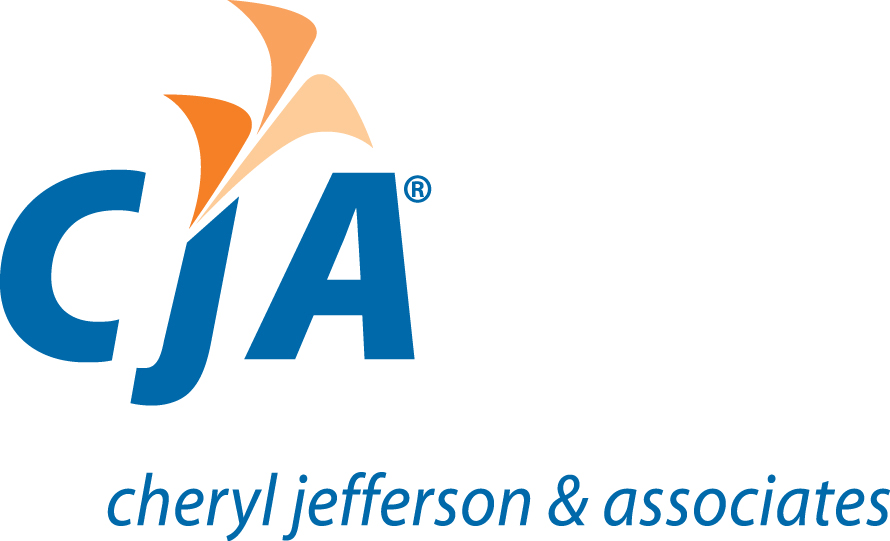Contract Related Assets and Liabilities
There are several situations that give rise to contract related assets and liabilities when working with the government. According to section 912-310-25 (page 14) Recognition of the Financial Accounting Standards Board’s (FASB) accounting standards, receivables from the U.S. government may include billed and unbilled amounts. Unbilled amounts arise if sales or revenues cannot be billed yet under terms of the contract or if unit prices for items shipped have not been determined. The unearned or unbilled balance is the difference between the revenue that should be recognized (earned) and billings posted on the contract or task. Therefore, unearned and unbilled amounts should be appropriately recorded as contract related assets and liabilities.
Five Common Contract Related Assets and Liabilities:
- Timing Differences
- Rate Variances
- Costs in Excess of Billings
- Billings in Excess of Costs
- Retainage
Timing Differences
Timing Differences typically occur due to differences in a contractors close cycle and their accounting process. These differences may cause revenue to be computed, earned, and posted before the month-end books are closed. Invoices may be generated and posted subsequent to the actual month in which the transaction was incurred. The posting of these invoices may cause unbilled balances. In a case such as this, subsequent billings should offset any unbilled receivables. These amounts should be billed as soon as possible in accordance with contractual terms.
Rate Variances
Rate variances exist when actual indirect rates are different from provisional or target rates. If the actual rates are greater than the provisional rates, an unbilled receivable balance will show on the company’s balance sheet, indicating that the company is not billing as much as they should. If the actual rates are less than the provisional rates, a liability will show on the company’s balance sheet and the company will be obligated to return money to the government on a cost reimbursable type contract. In some instances, it can take several years before the final costs are determined by the government which may cause delays with a contractor closing out the contract.
Costs in Excess of Billings
Costs in Excess of Billings/Unbilled Receivables represents work performed on the contract that has not yet been billed to the government. Similar to timing differences, these amounts should be billed as soon as possible in accordance with contractual terms.
Billings in Excess of Costs
Billings in Excess of Costs/Unearned Revenue are the billings to date which have not yet been recognized as contract revenue. These billings may or may not be allowed based on the terms of the contract.
Retainage
Retainage issues arise when the government or prime contractors withhold fees from a contract. The government or prime contractor may retain a portion of the amount due to the contractor until the contract is completed in a manner that is satisfactory to them.
Contract related assets and liabilities are an area of focus for many auditors due to the increased risk of material misstatement in the financial statements. Therefore, it is important to work with your accountant to reconcile these accounts on a regular basis.
Contributed by Natasha A. Smith, CPA
